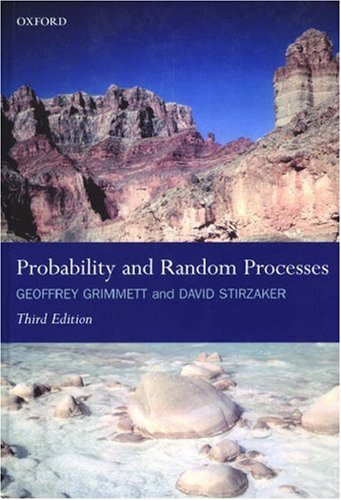

Most ebook files are in PDF format, so you can easily read them using various software such as Foxit Reader or directly on the Google Chrome browser.
Some ebook files are released by publishers in other formats such as .awz, .mobi, .epub, .fb2, etc. You may need to install specific software to read these formats on mobile/PC, such as Calibre.
Please read the tutorial at this link. https://ebooknice.com/page/post?id=faq
We offer FREE conversion to the popular formats you request; however, this may take some time. Therefore, right after payment, please email us, and we will try to provide the service as quickly as possible.
For some exceptional file formats or broken links (if any), please refrain from opening any disputes. Instead, email us first, and we will try to assist within a maximum of 6 hours.
EbookNice Team

Status:
Available4.8
22 reviewsThis third edition of this successful text gives a rigorous and extensive introduction to probability theory and an account in some depth of the most important random processes. It includes various topics which are suitable for undergraduate courses, but are not routinely taught.
It is suitable for students of probability at all levels. There are four main aims: 1) to provide a thorough but straightforward account of basic probability, giving the reader a natural feel for the subject unburdened by oppressive technicalities, 2) to discuss important random processes in depth with many examples. 3) to cover a range of important but less routine topics, 4) to impart to the beginner the flavour of more advanced work.
The book begins with basic ideas common to many undergraduate courses in mathematics, statistics and the sciences; it concludes with topics usually found at graduate level. The ordering and numbering of material in this third edition has been mostly preserved from the second. Minor alterations and additions have been added for clearer exposition. Highlights include new sections on sampling and Markov chain Monte Carlo, geometric probability, coupling and Poisson approximation, large deviations, spatial Poisson processes, renewal-reward, queuing networks, stochastic calculus, Ito's formula and option pricing in the Black- Scholes model for financial markets.
In addition there are many (nearly 400) new exercises and problems that are entertaining and instructive; their solutions can be found in the companion volume 'One Thousand Exercises in Probability', (OUP).